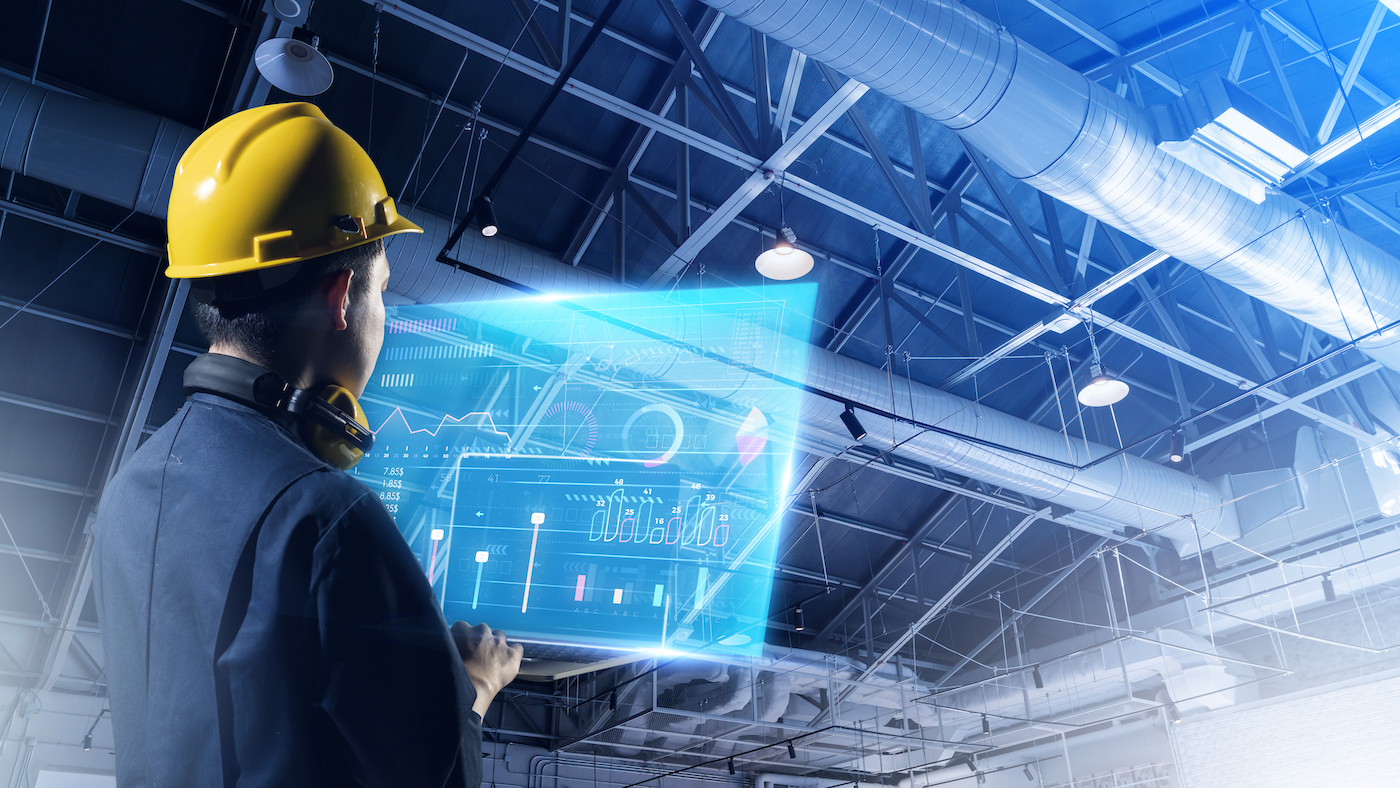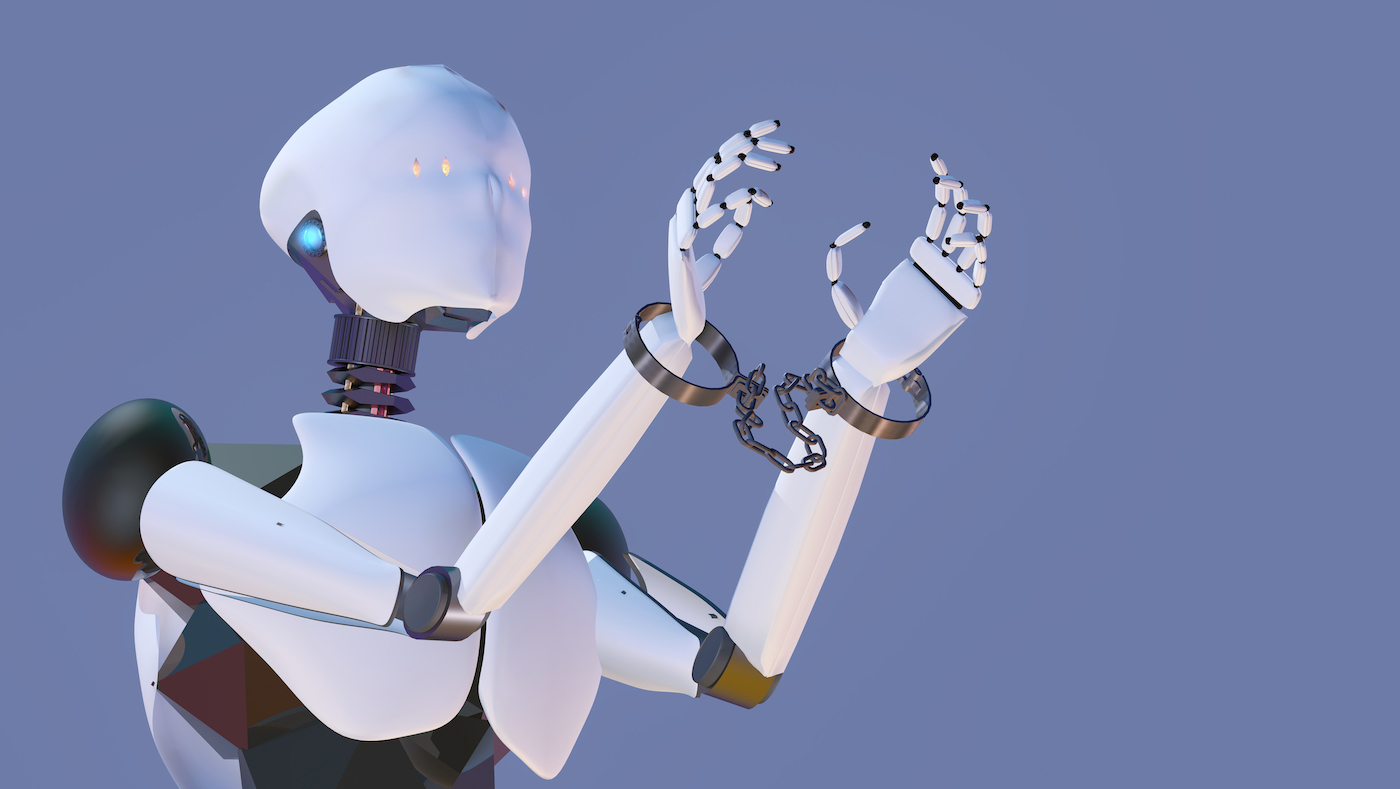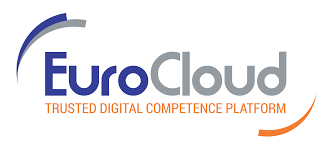An AI-based Service Ecosystem for Industry 4.0
Enabling a shift in the supply structure from pure products to smart services is central to supporting industry with digitalization. Service-Meister presents a user-centric platform-economic solution.
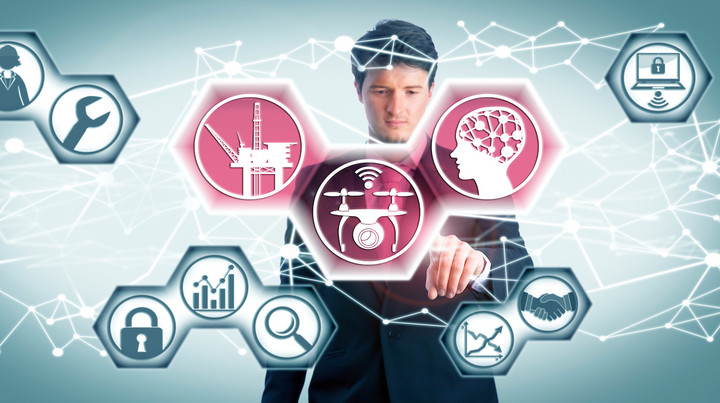
© LeoWolfert |istockphoto.com
Motivation for smart platform approaches
German industry is currently undergoing a massive change in the value chain. The central issue here is to enable a shift in the supply structure from pure products to smart services. To make this possible, novel 4.0 business models need to be developed, adapted and deployed to enable German SMEs to use and market their in-house service knowledge.
This is not trivial for a number of reasons, including the fact that the service knowledge about industrial equipment and its use required for this purpose far exceeds the knowledge of individual service technicians and, in some cases, even of individual companies.
In a situation that is being exacerbated by increasing international competition and the growing shortage of skilled workers, German SMEs will face an enormous challenge in the coming years to secure their competitive edge through smart services.
The efforts and investments required for this can only be adequately scaled for German SMEs at a reasonable cost via an AI-based and cross-company service platform, which we are developing in the Service-Meister research project.
100% digitalized Service: Service 4.0
Service-Meister focuses on the complete digitalization of technical service and has thus been developing paths for Technical Service 4.0 since January 2020. Such a stringent sequence of all necessary service segments for Service 4.0 is shown in Fig. 1, which fully digitalizes the entire technical service, dividing it into individual, consecutive segments and thus enabling automated processing of the service elements.
As part of the Service-Meister project, in the year 2020 we developed AI-based tools in six use cases together with strong companies for the service segments shown in Figure 1, which on the one hand offer support for service technicians in their complex service tasks, and on the other hand realize a practical implementation of the complete digital technical service process. This year, we have started to put into templates the experience gained in the use cases with the AI tools, in order to then build on this to offer a complete service platform in 2022. So, while one part of the research consortium deals with the technical challenges of implementing the AI segments of Service 4.0, the other part deals with the services to be developed by the consortium for the future users of the service platform.
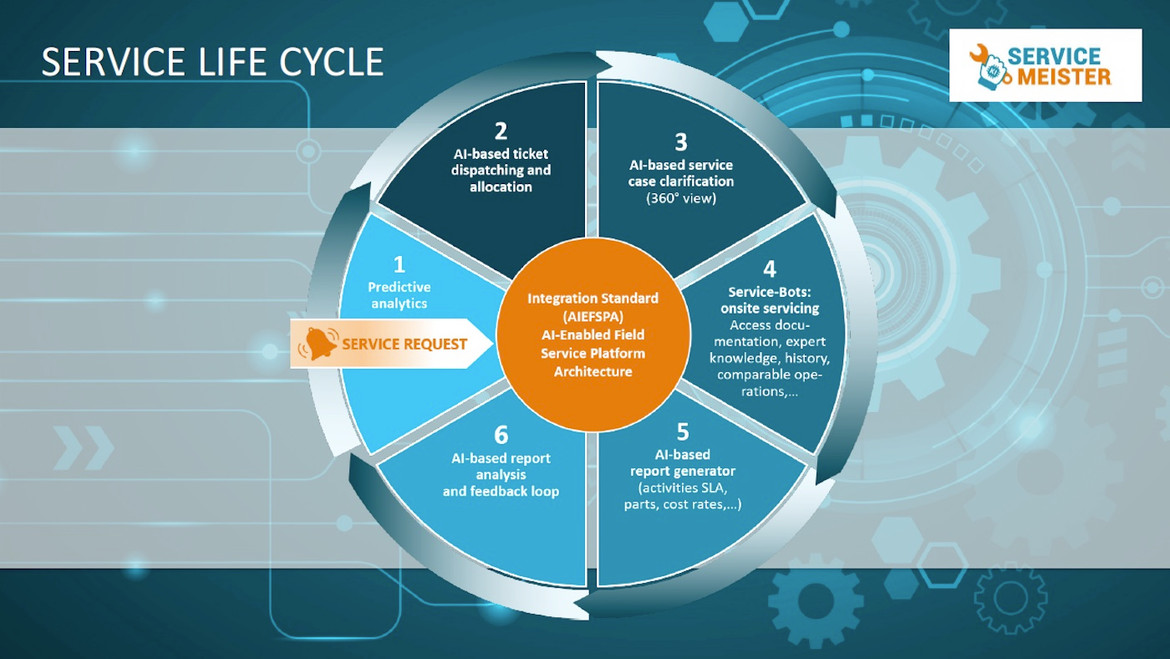
Fig. 1: 100% Digitalization of Technical Service within the research project Service-Meister
The close dovetailing of these activities makes it possible for the platform-economic solution to be developed in a user-centric manner, and on the other hand for the service platform to reflect the current state of research and thus act as a solid foundation for a long-term service ecosystem. In order for this service platform to be successful and offer genuine solutions for Service 4.0 for the SMEs described at the beginning, a number of conditions must be met:
- For example, it is imperative that the services offered enable lower-skilled workers to be successfully empowered for complex services with the help of the digital, AI-based tools and smart services, so that this mitigates the prevailing shortage of skilled workers.
- Another goal is for the emerging service platform to offer service elements for German SMEs across plants, departments, and companies. This will result in the complete digitalization of service knowledge and thus in the scalability of Service 4.0 across companies, which is a key condition for the long-term competitiveness of SMEs.
Follow the path, follow the Rabbit
In their oft-cited approach, reported to be one of the most common paths taken in the platform space, Geoffrey G. Parker and colleagues illustrate the importance of successfully implementing a sample project with a close group of collaborating partners (Parker et al. 2016: Platform Revolution: How Networked Markets are Transforming the Economy and How to Make Them Work for You. W.W. Norton & Company). By taking this route, using the well-trodden path, so to speak, initial customers and vendors can be persuaded and engaged by following such an initial functional approach, just as Alice in Wonderland follows the rabbit.
We are therefore currently working on generalizing the experience gained in the use cases in order to be able to establish intelligent service management for Service 4.0 from this. By the next step, the reference implementation of concrete, interconnected use cases, which we will carry out at the end of 2021, it must be clarified what type of platform is to be implemented and tested for its ecosystem suitability. In this context, things like the maturity of the platform concept and the functional scope implemented with it are essential. The current state of discussion in the research consortium is shown in Fig. 2.
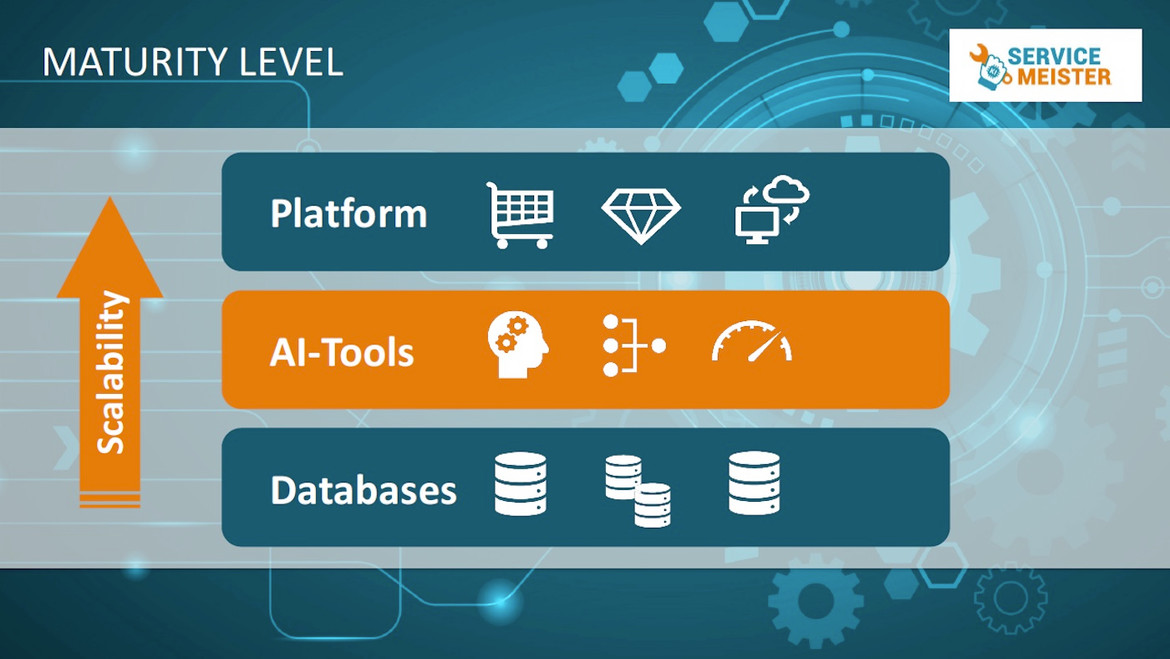
Fig. 2: Maturity Level and Functions and Processes within the Platform Approach
At this point, an integration of strong networks, practical innovations, and operational experimentation fields has taken place. Current discussions in the research consortium envisage three possible types for the resulting platform structures:
- Type 1: Knowledge Platform – a smart webpage providing knowledge and information on AI services.
- Type 2: Portal – offering data science services that can be executed via pipelines with real data or with simulation data.
- Type 3: 100% platform – a cloud approach, a complete service ecosystem with real smart services.
Together, we are in the process of developing platform solutions for SMEs, from which third parties can then learn or use the technology for themselves as well. To this end, it will be important in the reference implementation not to obstruct an open B2B platform economy.
In concrete terms, we are therefore relying on an open interface technology for the connection of the service API, which should represent a standard for the broad and heterogeneous landscape of service apps, just as OPC UA is for the IIOT-connected machinery and plant world, for example. The vision for the service ecosystem for Industry 4.0 presented here is that smart services can be interconnected in the future by plug and play, which is a central technical prerequisite for easy integration of third-party offerings on a service platform.
To enable appropriate standardization and interoperability in collaboration with industry associations, such as DIN and the ISO AI standardization body, we will therefore support and document this central aspect by driving the creation of an integration standard (AIEFSPA) AI-Enabled Field Service Platform Architecture, (see Fig. 1, center), which is an essential prerequisite for the interoperability of AI-based service solutions.
We look forward to contributing to the establishment of a service ecosystem for SMEs and their Service 4.0 activities that can be successfully operated in the long term with the collected activities presented here.
Dr. Fred Jopp has more than 20 years of experience in Big Data analytics and algorithm development in Applied Physics and Economics. As Head of Industrial Project Management at USU, he is responsible for the development and management of industrial projects in the field of Smart Services.
Christine Neubauer is Project Manager for AI and Industry 4.0 at eco – Association of the Internet Industry. Currently, she is working on the Service-Meister project, an AI-based Service Ecosystem for Technical Service in the Age of Industry 4.0. She is part of the project coordination team, with distributed tasks such as planning, steering, agile actions, reactions, internal and external communication, and stakeholder management.
Hauke Timmermann is Consultant for Digital Business Models at the eco Association and is the contact person at eco for the KI.ASSIST project.
Andreas Weiss is Head of Digital Business Models at eco - Association of the Internet Industry. He started with eco in 1998 with the Competence Group E-Commerce and Logistics, moving afterwards to E-Business. Since 2010, he has been leading the eco Cloud Initiative as Director of EuroCloud Deutschland_eco and is engaged in several projects and initiatives for the use of artificial intelligence, data privacy, GDPR conformity, and overall security and compliance of digital services.
Please note: The opinions expressed in Industry Insights published by dotmagazine are the author’s own and do not reflect the view of the publisher, eco – Association of the Internet Industry.





